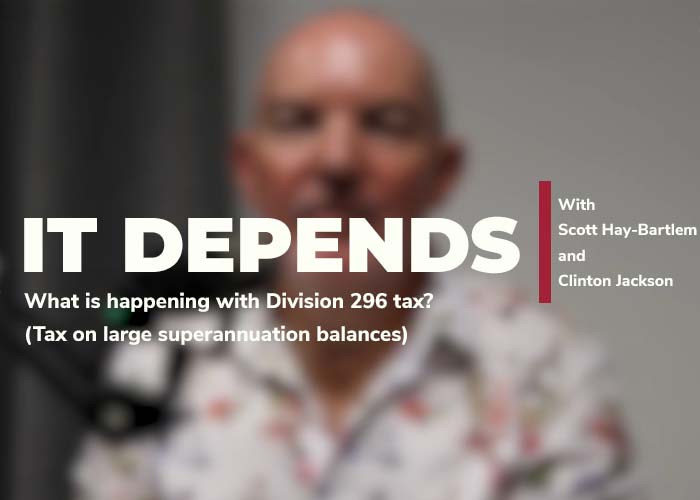The Administrative Appeals Tribunal (AAT) has upheld tax assessments of over $36 million, despite finding that the assessments were clearly incorrect. The case is Murray and Commissioner of Taxation (No 3) [2012] AATA 557.
The case clearly illustrates that, in a dispute with the ATO, the taxpayer must:
- not only prove the Commissioner’s assessments are excessive but also establish the correct amount of tax that should have been assessed
- raise all relevant grounds of appeal in the initial objection or run the risk of not being allowed to raise them at a later stage.
In our experience, objections are often unsuccessful because the initial objection does not cover all relevant grounds and insufficient attention is given to proving the correct amount of tax payable.
The facts
Dr Murray had a complex net of entities in Australia and overseas. He appealed the Commissioner’s decision to disallow objections for income tax assessments for nine years that related to income from a trust established in Liechtenstein.
The ATO’s assessments were based on information provided by a whistle-blower from a Liechtenstein bank that managed the trust.
The Commissioner’s evidence showed that from 1999 to 2001, the assets of the trust had grown by 51% and extrapolated this data to apply a yearly growth rate of 25% to support assessments from 1999 to 2007.
Dr Murray led evidence to show that the correct growth rate over those income years would have been only 7.23%, but did not provide any documents showing the actual growth in the value of trust assets.
The taxpayer has the burden of proof, but what does this mean?
The legislation states that the taxpayer must prove that an assessment is excessive.
The High Court’s view is that, in showing that the Commissioner’s assessment is excessive, the taxpayer must also show what the correct assessment should have been; it is not enough to just show that the Commissioner got it wrong (Commissioner of Taxation v Dalco (1990) 168 CLR 614).
In Murray the AAT noted:
It is certain that the respondent’s assessments are not correct. But… it is not enough for a taxpayer to show error in the respondent’s assessment; the taxpayer must also show what the actual taxable income was. That was a burden that the applicant here did not discharge.
Dr Murray did not provide any evidence as to the correct amount of taxable income. As a result, his application to the AAT failed.
Drafting notices of objection – why you need to get it right from the start
Dr Murray also tried to raise other arguments after the initial hearing regarding the application of the Australia-Singapore Double Tax Agreement.
The AAT refused to allow Dr Murray to raise the alternate argument because no explanation was given as to why these arguments were not raised earlier in the proceedings.
When preparing a notice of objection for clients, advisers need to ensure that all alternative grounds are covered, including arguments dealing with penalty assessments.
For further information on this topic, please contact Greg Cahill or Ben Demartini from our commercial team on +61 7 3231 2444.




